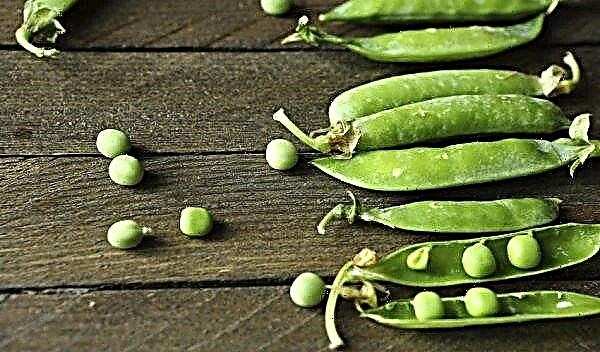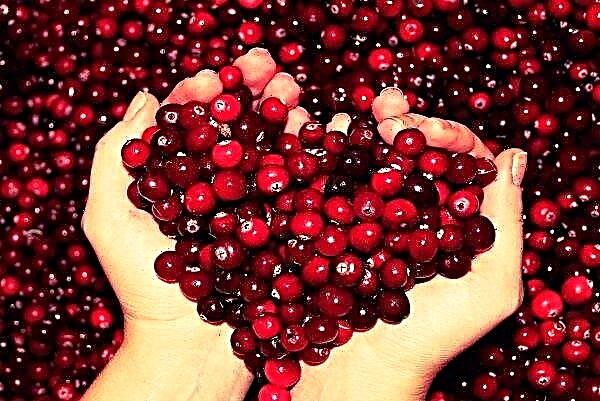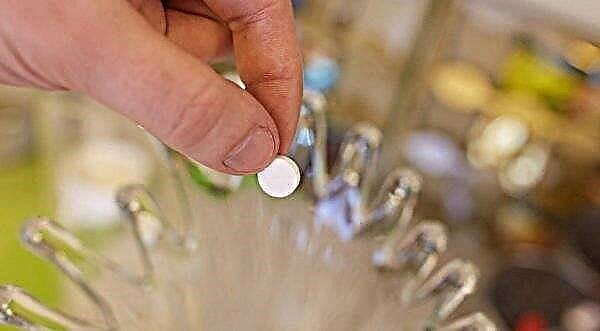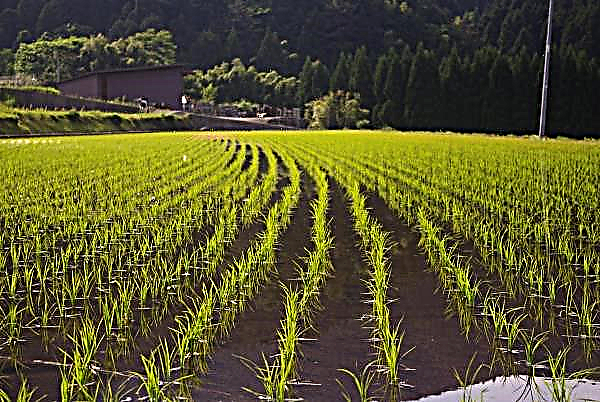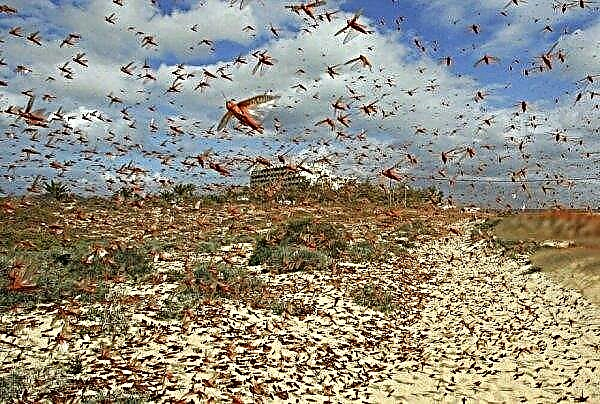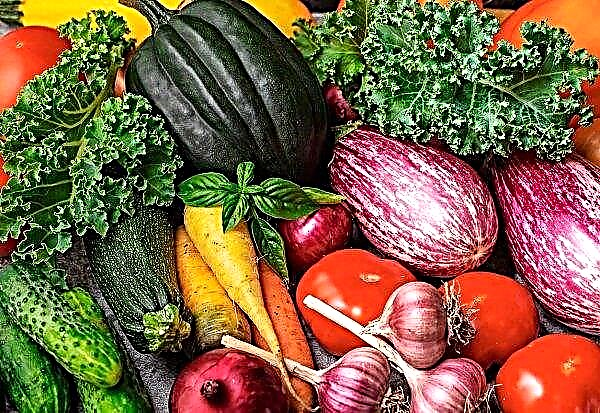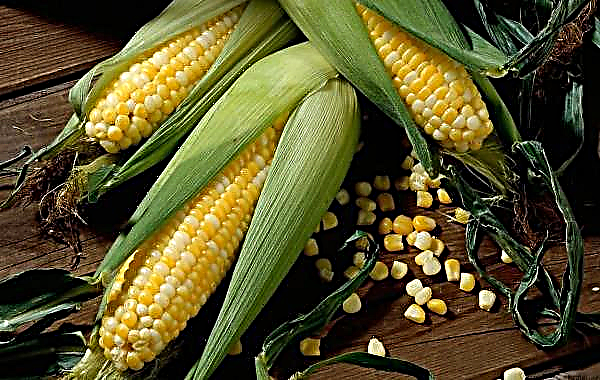Sweet pepper is a very popular vegetable crop that is universally successfully grown in greenhouse conditions. However, sometimes it is possible to note the wilting of the leaves of this bush: the causes of this phenomenon should be examined in more detail.
Why pepper leaves in a greenhouse fade: reasons
Withering of peppers cannot occur suddenly, it occurs due to the violation of certain conditions and growing technology.
These include:
- stress after changing the growth environment;
- deviations from the norm of the greenhouse microclimate;
- inappropriate soil;
- violation of irrigation conditions;
- the impact of pests and diseases;
- the formation of the bush occurs in violation of the terms or technology of the process;
- there is no tying of the crown of tall varieties.
Important! The plant may fade due to the aging of the bush.
As a rule, the wilting process occurs as follows: water drops fall on the leaves of the pepper bush and under the influence of sunlight refracted in the conditions of the greenhouse, they become very hot. Under the influence of high temperature, a section of the sheet dries strongly.
If the cause of wilting lies in the insufficient aeration of the rhizome of the bush, then this is due to the fact that the soil is not loose enough and a crust appears on the surface of the soil, which blocks the access of air to the roots. Poor root breathing also causes leaves to dry out and fade.
Stress after transplant
Pepper seedlings are transferred to greenhouse soil, when each young bush has 12-14 leaves. The stem of a healthy plant in this period should reach almost 25 cm. A transplant takes place in mid-May, when the soil is sufficiently warm. If you do this earlier, the wilting of the bush may begin. In addition, a change in soil and growing conditions can cause stress on the plant, and it may begin to fade.
Did you know? Pepper, which in our country is usually called Bulgarian, does not come from this sunny country, but from America, where it was brought by ancient sailors at first to Portugal, then information about him appeared in Turkey, and then he got to Bulgaria itself, where this vegetable is called simply - bell pepper or paprika.
Disruption of the microclimate in the greenhouse
It is very important to create and control the right microclimate in greenhouse conditions.
This applies to indicators such as:
- temperature. High rates can have a detrimental effect on the plant, and first of all this will be manifested by wilting. There should be no sudden changes;
- humidity. High humidity does not allow the plant to develop well, the optimal level is in the range of 60–65%, and when it comes to seedlings - 75%;
- ventilation. Mandatory ventilation of the greenhouse should be carried out to remove excess moisture and reduce the temperature in an enclosed space.

Inappropriate soil composition
Planting of pepper can be carried out in the soil in which carrots, dill or onions previously grew - this will favorably affect the quality of the soil. If the soil was taken or acquired from the place where the eggplants, potatoes or tomatoes were previously grown, it contains weeds and spores of various fungal diseases - all this can cause the pepper to wither in the greenhouse.
Bell pepper reacts very sensitively to an excess of fertilizers, which can manifest itself in the form of wilting or lack of ovary on the bushes. Also, acidity should be controlled, because a violation of this parameter can be another reason for the deterioration of the appearance of the leaves.
Important! To improve the air exchange and respiration of the root system, it is extremely important to loosen the soil, and this is also facilitated by mulching the soil.
Wrong watering
If the pepper in the greenhouse wilted, the reason may lie in the abundant watering of the bushes. Too wet soil can become a medium for the propagation of fungal diseases, as well as provoke rotting of the roots. Violation of water balance can lead to the fact that sweet pepper will weaken and wither. Watering is recommended in the morning and evening, however, so that by nightfall the leaves of the bushes are already dry.
Diseases and pests
A change in leaf condition may be one of the symptoms of diseases such as:
- fusarium wilt;
- verticillar wilting;
- white spotting;
- white rot.
Defeat by pests that transmit diseases or damage the plant as a result of their life activity can cause peppers to die in the greenhouse.
Did you know? Bulgarian or bell pepper has much in common with chocolate. The similarity is that these foods increase mood and boost energy through the action of endorphins. — "Hormones of happiness" in the blood.
It can be:
What to do and how to fix the problem
In order to stop the withering of pepper, you must perform the following actions:
- First of all, it is necessary to find out the reason for the change in the type of leaves.
- To ensure normalization of microclimate indicators in the greenhouse, to keep under control the level of temperature and humidity, to produce regular ventilation.
- To control the quantity and quality of fertilizers that are applied under the root and in the trench next to the bush. They must be balanced, comprehensive and in the required volume.
- Weed the beds, ensuring the flow of air to the roots, which will ensure full plant life.
- Spray the bush from pests. To find out how to spray pepper, you need to carefully inspect the bush and note on it additional signs of certain diseases or pests, for the destruction of which it is necessary to use specific means.
Preventive measures
In order to prevent an extremely serious condition of the plant when its leaves have wilted and are ready to crumble, a number of preventive measures should be carried out that suggest such actions:
- Regular inspection of the bushes for damage and changes in the appearance of leaves, stem and fruits. It is also necessary to control the condition of the soil and the general microclimate in the greenhouse.
- Peppers should not be grown in the same section of the garden for several years in a row. You can return the landing to its original place after 4 years.
- It is necessary to carry out the complete destruction of weeds and the remains of tops after harvesting - for this they are burned.
- Preventive cultivation of the soil should be carried out regularly.
- The soil must undergo a mandatory decontamination procedure.
- At the stage of planning the purchase of seeds, it is necessary to study data on what diseases are affected by the variety of peppers that are planned to be grown.
- To increase vitality and resistance to diseases, prophylactic spraying of bushes with Zircon, Epin, and Novosil preparations is possible.
 Timely prevention and control of the growth and development of sweet pepper bushes in the greenhouse will help to avoid wilting of leaves and will contribute to the cultivation of a good crop.
Timely prevention and control of the growth and development of sweet pepper bushes in the greenhouse will help to avoid wilting of leaves and will contribute to the cultivation of a good crop.

